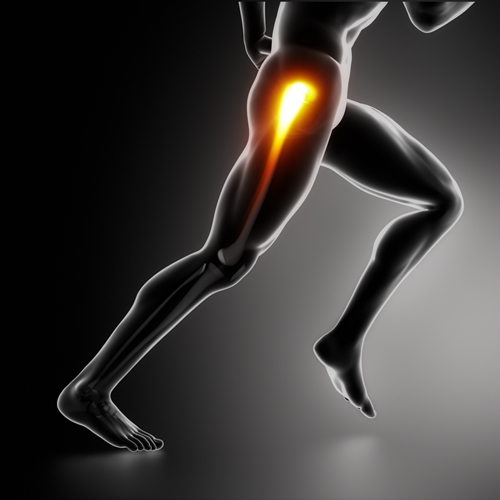
Understanding iliotibial band syndrome as a runner
Running is an intense sport and an excellent cardio workout option to keep both your body and mind in shape. Pounding the belt of commercial treadmills gives you time to think, de-stress and enjoy a runner’s high while also strengthening your heart and lower body muscles and improving your endurance levels. Even though running on commercial fitness equipment is a wonderful way to achieve exercise-related goals, it’s important to be aware of the different injuries that often affect runners. One such injury is iliotibial band syndrome. What is iliotibial band syndrome? The iliotibial, or IT, band is the fibrous tissues that run along the outside of your thigh, providing knee and hip stability and preventing the dislocation of these joints. However, overuse and other issues (worn out shoes, running too often on the same terrain or imbalances) can cause the IT band to swell and become inflamed. This leads to pain when you bend your knee or flex your hip and leaves many runners believing they have a knee injury when in fact, it’s there IT band that is affected. Symptoms of ITBS include:
- Pain on the outside of the knee and/or hip
- Pain that improves with rest
- Pain that goes away when the IT band stressed
Runner’s World noted that one of the easiest ways to tell if you have ITBS is to bend your knee to a 45-degree angle. If you have an issue with your IT band, you’ll experience pain on the outside part of your knee. Both experienced and new runners can develop iliotibial band syndrome, so it’s important to take preventative measures to avoid pain and training setbacks. Here are some ways to prevent ITBS:
- Take some time off or cut back on your running regiment if you begin to feel knee pain
- Start running sessions with a quarter- or half-mile walk to warm up
- Replace worn out shoes with new ones that are specifically designed for running
- Visit a podiatrist to find out if you need orthotics
- Take advantage of the True Fitness patented Soft System technology, that provides runners with Neoprene shock absorbers to soften their landing
If you do experience ITBS syndrome, these are some ways you can treat the issue so you can return to your running program:
- Take some time off to rest your IT band
- Cross train with other cardio options such as cycling or swimming
- Do stretches to loosen up the IT band and surrounding muscles
- Apply ice to your IT band for about 20 minutes followed by 20 minutes with heating pad a few times a day
